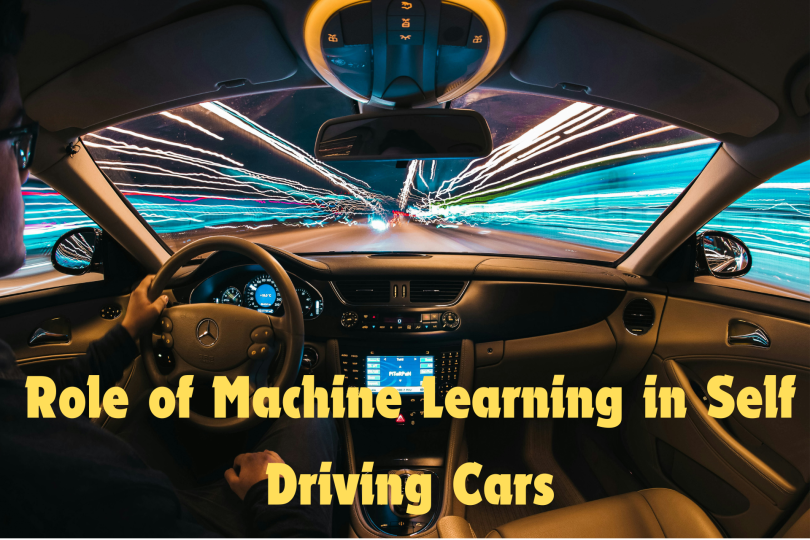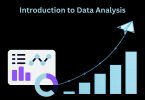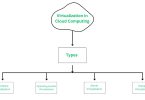Overview:
Machine learning is widely used to find solutions to many oppositions vary from financial market predictions to self-driving cars. By the integration of sensor data processing in a consolidate electronic control unit in cars. It is of the essence to increase the use of machine learning to perform latest tasks. Potential applications that have driving frameworks that have there own classifications that evaluate by way of data fusion from distinct internal and external sensors that include radars, cameras and other some internet of things.
The applications running a vehicle’s infotainment framework can get data from sensor information combination frameworks and have, for instance, the capacity to guide the vehicle to a clinic assuming it detects that something is off with the driver. This application of machine learning is based on incorporate the gesture and speech recognition of driver’s and language translation. The algorithms can be classified as a supervised algorithm and an unsupervised algorithm. The difference between the two is how they learn.
ML in Auto-driving
Self-driving cars rely on machine learning as it is in charge of perceiving information received from different sensors including LiDAR, radar and cameras.
The incorporation of algorithms, neural networks, and deep learning models improves the perception, localization, and decision-making ability of self-driving cars.
Raw data collected by sensors are analyzed by algorithms and allow vehicles to decide in real-time based on patterns/information detected from the environment. Machine learning structures such as neural networks empower cars to learn from experience and adapt to improve their performance.
Learn how machine learning help Twitter to gather information.
For instance, LiDAR, radar, and cameras are the vision systems of self-driving cars that collect information on the environment at that particular time. While LiDAR sends laser pulses and bounces them back off of the environment to form a detailed 3D map, radar emits radio waves and measures the reflected signals to identify objects and obstacles in its path. Cameras are used to give visual signals to the vehicle so that it knows when it is drifting out of lane, when traffic signals are red or when there is a pedestrian nearby.
Importance of Machine Learning in Self-Driving Cars
Auto driving is one of the most crucial areas that require machine learning to create and implement self-driving cars that can detect their surroundings, make decisions and respond to various challenges without the help of people. From the cameras, LiDAR, radar, and ultrasonic sensors, algorithms analyze data and generate a detailed representation of the environment around the car. Such data is then employed in the differentiation and recognition of objects, which may include pedestrians, other cars, traffic signals, and road signs in real time.
Using concepts such as deep learning and neural networks, self-driving cars are able to identify features such as the behavior of other road users and make decisions in split seconds so that the vehicle can operate safely. These models are taught and updated through real driving data and simulation in an attempt to make the models more reliable.
Machine learning is a foundation on which self-driving cars rely to learn and improve performance, especially in different and unpredictable situations, thereby changing the face of the transport industry.
Main tasks of machine learning in the self-driving car is rendering of the surrounding environment continuous and the prediction of possible changes to there surroundings.
These tasks are mainly divided into four sub-tasks:
- Object detection
- Classifications of Object recognition or identification
- Object localization and prediction of movement
Machine learning in independent driving can be regulated. The primary contrast between both lies in how much human information expected for learning. In supervised learning, a PC deciphers information and makes expectations in light of info information, then looks at those predications to address yield information to work on future forecasts. In unsupervised learning, information isn’t named. So the PC figures out how to perceive the innate design in light of information as it were.






Leave a Comment